Consumer spending falls in Las Vegas as tourism slides
Published in Business News
Consumer spending in Las Vegas is down in several ways, state data shows, amid a slump in tourism to the casino mecca and national economic jitters.
Sales at food and beverage outlets; car and auto-parts dealers; clothing, shoe and jewelry retailers; and furniture, electronics and appliance stores in Clark County, Nevada, all fell in a recent 11-month period as compared to the prior same stretch, according to the state's Department of Taxation.
Not all types of consumer purchases are sliding in Southern Nevada. But overall, the figures point to a pullback in spending at restaurants, clothing stores and other businesses as Las Vegas’ main economic engine slows down and as the local jobless rate hovers among the highest in the nation for big metro areas.
There are essentially fewer consumers in the Las Vegas area due to its sliding visitor volume, which itself could lead to cutbacks in local workers’ hours and paychecks, according to Bryan Wachter, president of the Retail Association of Nevada.
He also cited ongoing inflationary pressures and noted that when households pay more for essentials, they often pull back on discretionary spending.
People may not replace shoes or clothing as quickly, or they keep driving an older car instead of buying a new one.
“You start making trade-offs,” Wachter said.
Sales drop
Clark County has about 2.3 million residents and welcomes millions of visitors monthly. Some categories of shrunken spending encompass locals and tourists alike.
Food services and drinking outlets, for instance, logged nearly $11.7 billion in sales in Clark County from July 2024 through May 2025, down 1.6 percent from the same period a year earlier, state data shows.
The percentage drop looks small but amounts to a huge pile of money: a decline of almost $191.5 million.
Also, clothing, shoe and jewelry stores pulled in about $4.05 billion in sales during the recent 11-month stretch, down $140 million from the year-earlier period.
Other categories appear largely contained to locals. Motor vehicle and parts dealers booked around $6.05 billion in sales during the 11-month period, down $191.1 million, while furniture, electronics and appliance stores logged $1.7 billion in sales, down $28.5 million.
Spending was not down across the board. General merchandise retailers — which typically include big-box stores such as Costco and Target — booked $8.7 billion in sales, up more than $487 million.
Past financial meltdowns
The U.S. economy has been on a roller coaster this year as President Donald Trump’s ever-shifting trade wars threaten to push up prices for businesses and consumers alike, sparking widespread economic anxiety.
It’s still too early to gauge the full impact of his tariffs. But if the U.S. economy overall slows down, this could prove especially painful in tourism-dependent Southern Nevada.
America’s casino capital feeds off outsiders traveling here for vacations and spending big to eat, drink, gamble, party and watch shows. It also has a history of faring much worse than the country overall during widespread economic crises.
All told, when people have money to burn, Las Vegas heats up. But as seen twice now in the past few decades, when the national economy gets hit hard, Southern Nevada ends up on life support.
With the Great Recession, Southern Nevada’s once-frenzied real estate market became awash in foreclosures, underwater homeowners and abandoned construction projects. In the wake of the financial crash, Las Vegas’ jobless rate reached a high of 13.8 percent — well above the national peak of 10 percent, federal data shows.
By early 2020, Las Vegas’ economy was on solid footing, with unemployment down to about 4 percent. But when the pandemic hit, the Strip became a ghost town of shuttered resorts, and tourism all but stopped.
Las Vegas’ jobless rate shot up to 34 percent in April 2020, the first full month of the shutdowns. Nationally, unemployment hit 14.8 percent that month.
‘Not heading in a good direction’
As it stands, around 19.5 million people visited Las Vegas during the first half of this year, down 7.3 percent from the same stretch last year, according to the Las Vegas Convention and Visitors Authority.
In June alone, the visitor total dropped 11.3 percent from June of last year.
Also, the Las Vegas-area’s unemployment rate in June, 5.8 percent, was third highest among the 50-plus metro areas with at least a million people, federal data shows.
Las Vegas consultant John Restrepo recently noted that Southern Nevada relies heavily on tourists’ discretionary spending to keep the economy humming, and that while indicators right now aren’t horrible, things are slowing down.
Restrepo, founder of RCG Economics, also pointed out that as the prospect of higher tariffs hangs over the economy, there have been ups and downs in the stock market and weakness in business and consumer confidence.
The final outcome remains to be seen, he noted, “but it’s not heading in a good direction at this point.”
___
©2025 Las Vegas Review-Journal. Visit reviewjournal.com.. Distributed by Tribune Content Agency, LLC.
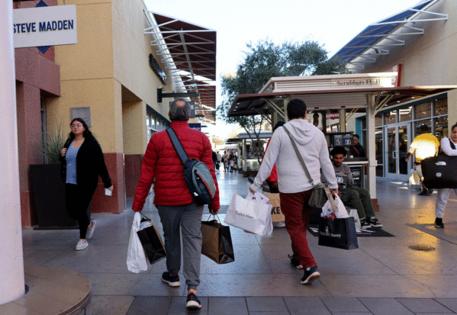


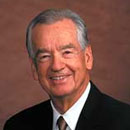
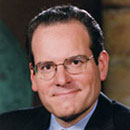
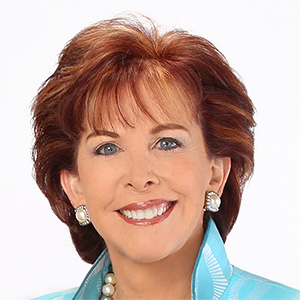
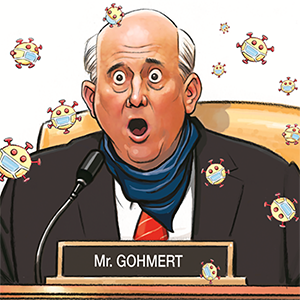
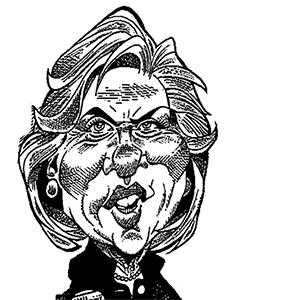

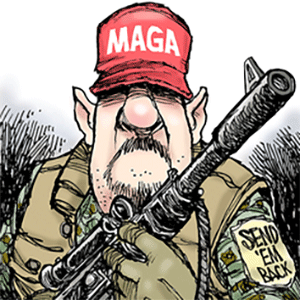
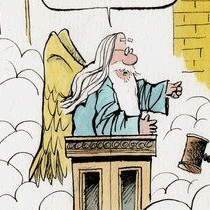

Comments